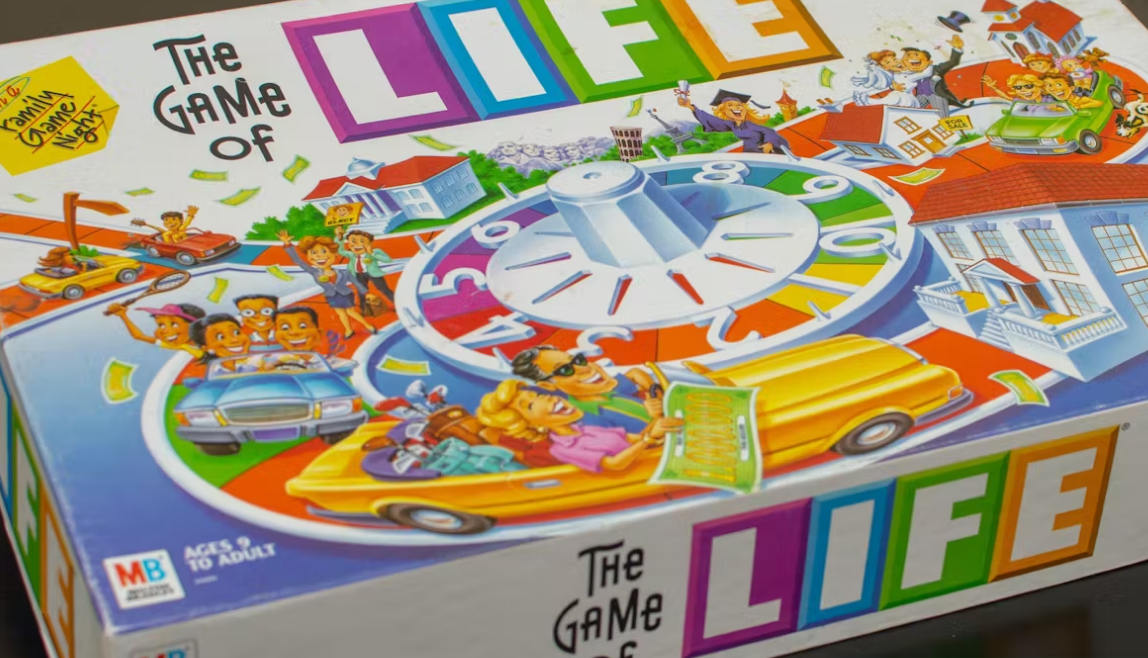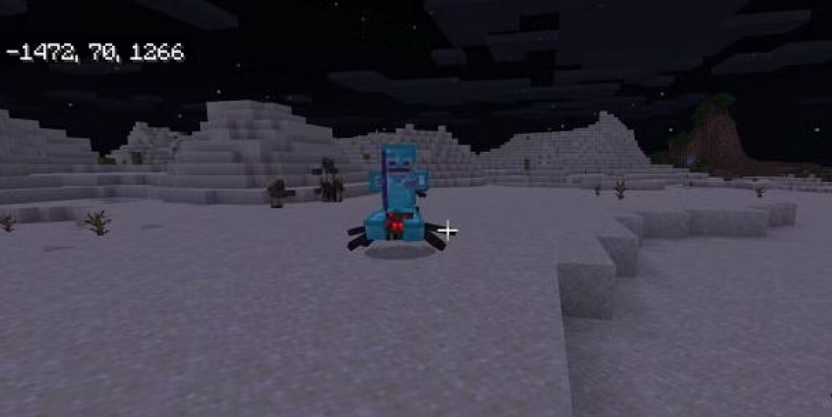Do you remember the heavy feeling you sometimes felt as a child on the way to another school day? You’ve probably asked yourself more than once, “When will I ever use any of this in real life?”
Middle school counselor Rachelle Vallon also remembers the feeling. But she does not want children to experience school like this in the future. And that desire for change drew Vallon to Quest to Learn, a 6-12 public school in New York City that focuses on game-based learning.
“I felt that I needed this when I went to school as a child,” Vallon explains. “There are so many amazing ways to use games, playful experiences and the design process to involve students not only in academic things, but also in things related to conflict or processing feelings.”
For 10 years, she has been part of a group of educators and staff using game-based learning to teach students to think critically and creatively, analyze systems and ask thoughtful questions. Recently, Vallon sat down with EdSurge to share what she discovered about the social-emotional value of games — both digital and analog. She also touched on using games as a learning tool and how this approach prepares students for their future.
EdSurge: You are a psychiatrist; what attracted you to a school focusing on game-based learning?
Vallon: When I learned about Quest to Learn, I noticed the playful learning and the view of wellness. A large part of the school structure supports the students. Game-based learning supports students not only academically and in their classes. It also provides opportunities through teacher consultations to ensure that students feel supported on a social-emotional level.
Playful learning is supportive and allows students to demonstrate their learning differently. A student struggling with writing may have the opportunity to show his understanding through a Minecraft tutorial. Or a student who may not be interested in games, but works well with others, can excel at working on a project where the result is a poster or something like that.
Many project-based activities and games don’t necessarily have a single winner. It is very equipped, especially when students enter the sixth grade. Teachers spend a lot of time teaching students to work in groups, identify different roles and practice how to give constructive feedback on a game or a project.
Please give us an impression of what the school day at Quest to Learn looks like.
The biggest misconception is that we are this gaming school, and kids are always playing digital games. It’s not like that. Many games we use are analog; some are digital, but they are less widely used than analog games.
While our curriculum is traditional in that it has to follow the Common Core standards, the delivery is very different. For example, in middle school, students could do a role-playing game for the semester while studying molecules and the human body. The teacher sets up a funny fictional narrative in which a skinny scientist is trapped in a human body, and students need to help save him.
Or we have a math teacher who uses Minecraft as a rating. While students are learning about tilt and tilt, they create a roller coaster in Minecraft and then tell an exemplary procedure in which they explain where the tilt and tilt are located. And, of course, it must be mathematically accurate.
At the high school level, game-based learning deals with problems that exist in society and how they can be solved. In the ninth grade algebra, make food trucks and introduce them to the judges in a graduation project in the style of a shark tank. They apply to learn in a real context.
So you are focused on creating something according to these principles rather than memorizing information. In a playful environment, students analyze, ask questions, think critically, and promote creativity. If you look closely, the elements of a good game drive game-based learning: the goal is always clear; they take on a role, and you get instant feedback. We focus on these playful principles. As a career counselor, this is powerful because it promotes the resilience and perseverance of the students.
One of our game-based learning principles is “failure rephrased as iteration.” We teach students that learning to be their best self or deliver their best product in a course means they may not be doing it right the first time — and that’s fine. “Learning by doing” is one of the main principles we have focused on over the past year. I think this encapsulates game-based learning in the best way.
Every day we see it anecdotally in comments from parents and students about confidence in learning, commitment, and development.
In a playful environment, students analyze, ask questions, think critically, and promote creativity.
New York University has also completed a research project with amazing results. It was called the College and Work Readiness Assessment and followed the first Quest to Learn students, who were supposed to go from the sixth grade to high school.
What was striking was that our middle and high school students achieved significant growth in 21st-century skills, such as critical thinking, reasoning, problem solving, and communication. And this is one of the main pillars of playful learning: the promotion of skills of the 21st century. We know that this is what careers and colleges are looking for – people who can work together with others, communicate and solve conflicts and problems.
These results are a testament to our model and how it supports students.
Read More: Helpful Hints for Winning Online Games






